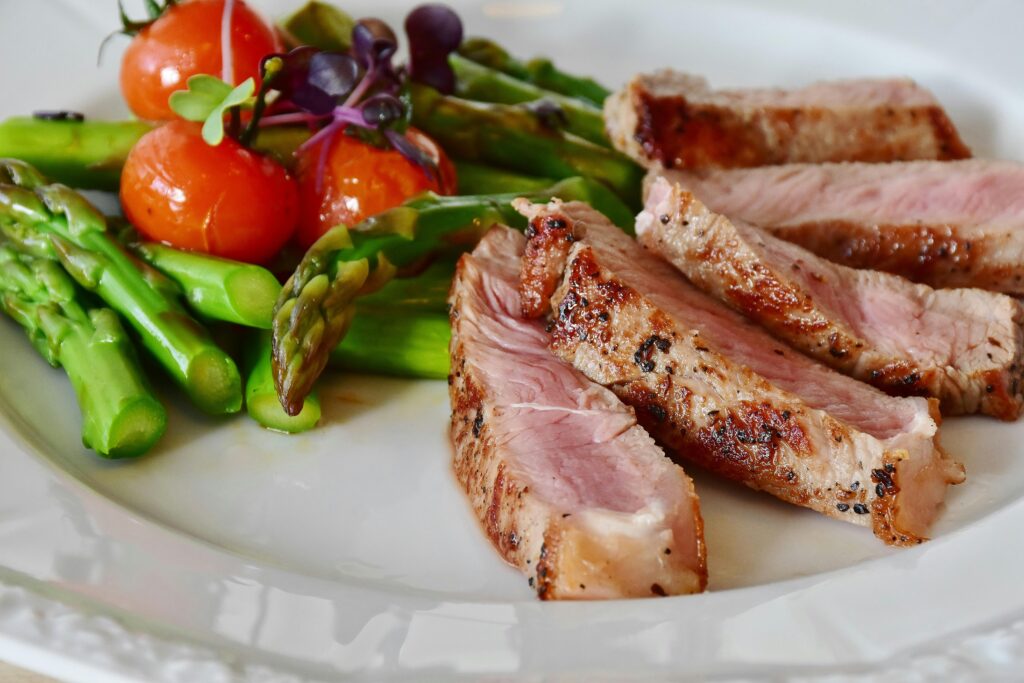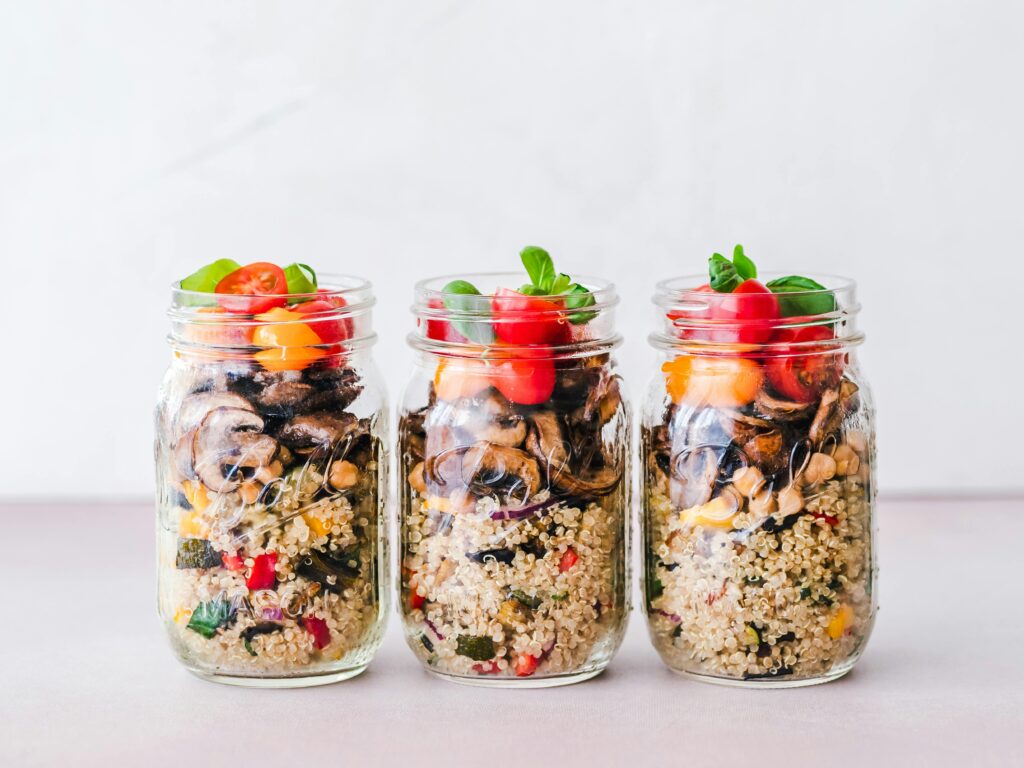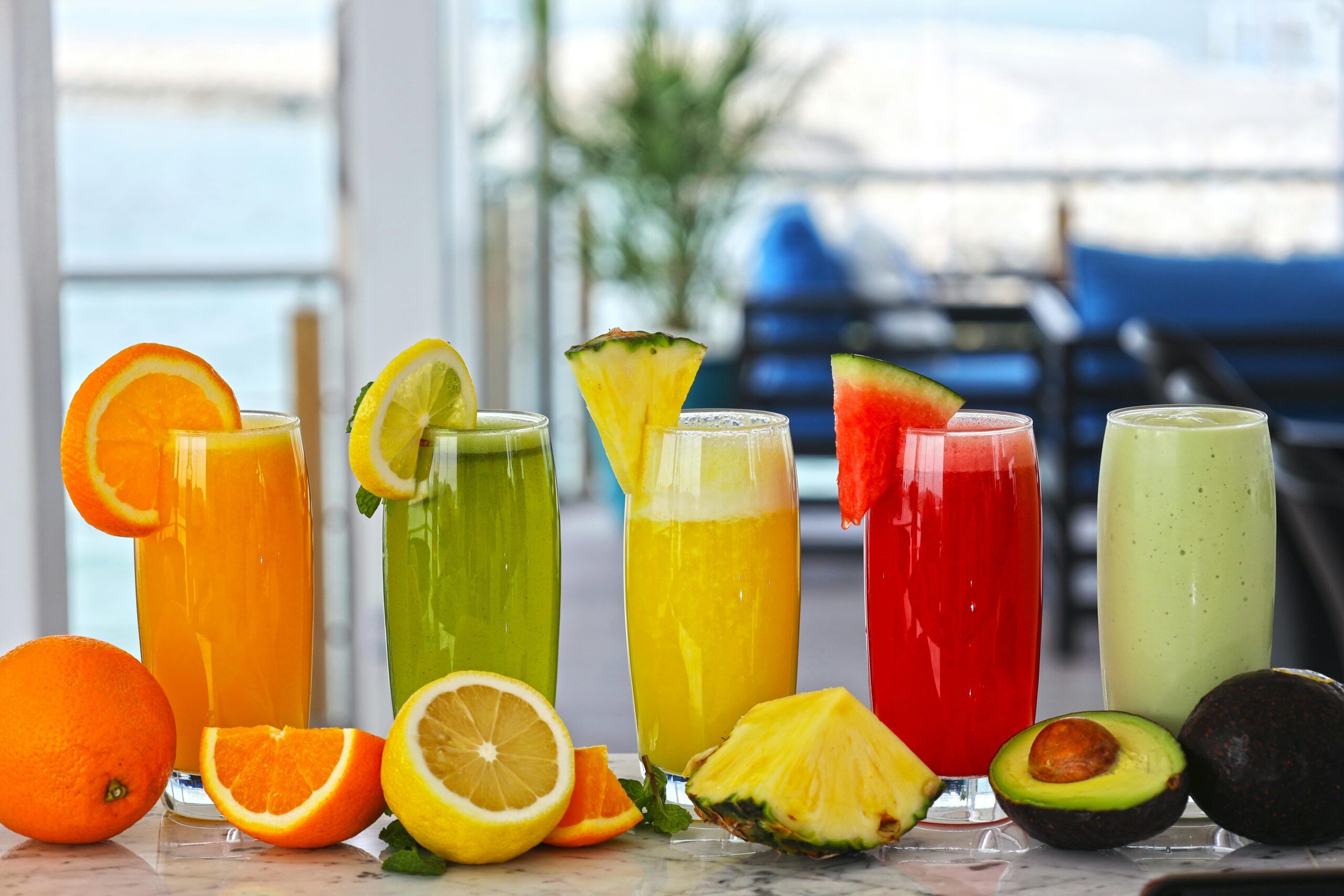Look, I get it. You want to build muscle, but your bank account is giving you the side-eye every time you walk past the organic, grass-fed everything section at Whole Foods. Here’s the thing, though, you don’t need to choose between your gains and your grocery budget.
I’ve been in your shoes, staring at my checking account balance while trying to figure out how to fuel muscle growth without surviving on ramen noodles. The truth is, some of the most jacked people I know built their physiques on the most basic, affordable foods you can imagine. And today, I’m going to show you exactly how to do the same.
Why Budget Meal Prep is Your Secret Weapon for Muscle Gain
Before we dive into the nitty-gritty, let’s address the elephant in the room. Can you build serious muscle on a tight budget? Absolutely. Budget meal prep might just be your best strategy for consistent muscle gain.
Think about it this way, when you’re meal prepping on a budget, you’re forced to focus on the fundamentals. No fancy superfoods or overpriced protein powders. Just good, old-fashioned muscle-building nutrition that works.
The magic happens when you combine three things: strategic shopping, smart preparation, and consistent execution. It’s like having a personal chef, nutritionist, and accountant all rolled into one ,except that person is you, and you’re about to become good at this.
The Foundation: Understanding Muscle Gain on a Budget
What Your Muscles Need (It’s Simpler Than You Think)
Your muscles don’t care if your protein comes from a $50 grass-fed steak or a $2 can of tuna. They need three things:
- Adequate protein (0.7-1g per pound of body weight)
- Sufficient calories (300-500 above maintenance)
- Consistent timing (eating regularly throughout the day)
That’s it. Everything else is just marketing fluff.
The Budget Reality Check
Here’s what I learned during my broke college days: the most expensive part of muscle building isn’t the food ,it’s the inconsistency. When you’re constantly scrambling for your next meal or skipping protein because you “forgot” to buy groceries, that’s when your wallet and your gains suffer.
Budget meal prep solves this by frontloading your decisions. You shop once, prep once, and eat consistently for days. It’s efficient, effective, and economical.
The 10 Game-Changing Budget Meal Prep Tips for Muscle Gain
1. Master the Art of Bulk Buying (Without Bulk Waste)
The wholesale club membership might seem like an unnecessary expense, but when you break down the math, buying in bulk can cut your protein costs by 40-60%. Here’s my strategy:
The Bulk Buy Hierarchy:
- Tier 1: Frozen chicken breast, ground turkey, dried beans
- Tier 2: Oats, brown rice, pasta
- Tier 3: Canned tuna, eggs, peanut butter
The key is knowing your consumption rate. I go through about 2 pounds of chicken per week, so buying a 10-pound bag makes sense. But if you’re only eating chicken twice a week? Skip the bulk buy.

2. The Power Player Foods That Won’t Break Your Budget
Some foods are just muscle-building superstars disguised as budget basics:
Eggs: 6 grams of complete protein for about 25 cents. Plus, they’re incredibly versatile.
Canned Tuna: 25 grams of protein for under a dollar. Mix with some rice and frozen vegetables, and you’ve got a muscle-building meal.
Dried Beans and Lentils: Plant protein that’s dirt cheap and fiber-rich. A bag of black beans costs $2 and provides protein for a week.
Oats: Complex carbs, some protein, and fiber. A massive container costs $6 and lasts forever.
3. The $30 Weekly Muscle-Building Shopping List
This is my go-to list when money’s tight but gains are still the priority:
| Item | Approximate Cost | Protein/Serving |
| 3 lbs Chicken Thighs | $8.87 | 25g |
| 18-pack Eggs | $5.99 | 6g |
| 5 lbs Oats | $9.82 | 5g |
| 2 lbs Brown Rice | $1.49 | 5g |
| Frozen Mixed Vegetables (3 bags | $3.24 | 2g |
| Canned Tuna (4 cans) | $4.50 | 25g |
| Peanut Butter | $4.12 | 8g |
Total: $38.02 for a week of muscle-building nutrition. That’s about $5 per day.
4. The Batch Cooking Blueprint
Sunday becomes your muscle-building command center. Here’s my foolproof system:
Hour 1: Prep proteins
- Bake 3 pounds of chicken thighs
- Hard-boil a dozen eggs
- Cook 2 cups of dried beans
Hour 2: Prep carbs and vegetables
- Cook a big batch of rice
- Steam frozen vegetables
- Prepare overnight oats for the week
Hour 3: Assembly and storage
- Portion everything into containers
- Label with dates
- Prep grab-and-go snacks
The beauty of this system? You’re done cooking for the entire week in about 3 hours.

5. The Protein Maximization Strategy
When you’re on a budget, every gram of protein counts. Here’s how to squeeze the most muscle-building nutrition from your dollar:
Combine Incomplete Proteins: Rice and beans together form a complete amino acid profile. Cheap and effective.
Use Liquid Protein Wisely: Save milk for post-workout when your muscles are primed for growth. The rest of the time, water is fine.
Don’t Overlook Plant Proteins: Lentils, chickpeas, and quinoa are budget-friendly and pack more protein than you’d expect.
6. The Carb Cycling Budget Hack
You don’t need expensive “performance” carbs. Regular old potatoes, rice, and oats work just fine. But here’s a money-saving trick I learned:
Buy your carbs in the bulk bins when possible. You can get exactly the amount you need without paying for fancy packaging. Sweet potatoes from the bulk bin cost about 60% less than the pre-packaged ones.
7. Smart Supplementation on a Shoestring
Look, supplements aren’t magic, but a few strategic ones can help when food alone isn’t cutting it:
Creatine Monohydrate: The most researched, effective, and cheap supplement for muscle gain. A $15 container lasts 2-3 months.
Basic Whey Protein: Only if you’re consistently missing your protein targets with food. Don’t use it as a crutch.
Skip everything else until you’ve maxed out your food-first approach.
8. The Leftover Transformation Game
This is where creativity meets frugality. Yesterday’s grilled chicken becomes today’s chicken salad. Last night’s rice becomes tomorrow morning’s breakfast porridge with some protein powder mixed in.
Master these transformations:
- Roasted vegetables → soup base
- Extra rice → fried rice with eggs
- Leftover proteins → salads, wraps, or grain bowls
9. Freezer Management for Muscle Gain
Your freezer is your best friend for budget meal prep. But most people use it wrong. Here’s how to do it right:
Portion before freezing: Individual servings thaw faster and prevent waste.
Label everything: Trust me on this one. Mystery meat from three months ago isn’t helping your gains.
Use the FIFO method: First In, First Out. Rotate your stock to avoid freezer burn.

10. The Meal Prep Container Strategy
You don’t need fancy, expensive containers. But you do need the right ones:
Glass containers for reheating (they last forever and don’t absorb odors), Plastic containers for cold items and portability, Mason jars for overnight oats and salads
A good set of containers is a one-time investment that pays dividends in food freshness and portion control.
Budget-Friendly Muscle-Building Meal Plans
The $50 Weekly Meal Plan
Breakfast Options:
- Overnight oats with peanut butter and banana
- Scrambled eggs with toast
- Greek yogurt with granola (when on sale)
Lunch Options:
- Chicken and rice bowls with steamed vegetables
- Tuna salad wraps
- Bean and vegetable soup
Dinner Options:
- Baked chicken thighs with sweet potato and broccoli
- Ground turkey pasta with marinara sauce
- Lentil curry over rice
Snacks:
- Hard-boiled eggs
- Peanut butter and apple slices
- Homemade trail mix
The Emergency $30 Week Plan
When money’s tight, this plan focuses on the absolute essentials:
Daily Structure:
- Breakfast: Oatmeal with peanut butter
- Lunch: Rice and bean bowl with frozen vegetables
- Dinner: Eggs with toast and any available vegetables
- Snack: Banana with peanut butter
It’s not glamorous, but it’ll keep you fed and growing.
Advanced Budget Meal Prep Strategies
The Seasonal Shopping Approach
Smart shoppers follow the seasons. Chicken is typically cheapest in the summer. Root vegetables are cheapest in the fall. Frozen fruits and vegetables maintain consistent pricing year-round.
Build your meal rotation around what’s in season and on sale.
The Store Brand Strategy
Here’s a controversial take: store brands are often made by the same manufacturers as name brands. The only difference is the packaging and price.
Always buy store brand for:
- Basic proteins (chicken, ground turkey, eggs)
- Pantry staples (rice, oats, pasta)
- Frozen vegetables
- Canned goods
Consider a name brand for:
- Items where taste matters significantly
- Products with frequent sales that make them cheaper than store brands
The Coupon and Sales Cycling System
This takes some organization, but the savings are real:
- Track sales cycles (most stores repeat sales every 6-8 weeks)
- Stock up during deep discounts (but only on non-perishables)
- Use apps like Ibotta or Checkout 51 for additional savings
- Combine manufacturer coupons with store sales for maximum impact

Common Budget Meal Prep Mistakes (And How to Avoid Them)
Mistake #1: Buying Too Much Variety
When you’re on a budget, variety is the enemy of consistency. Master 5-7 go-to meals before branching out.
Mistake #2: Ignoring Food Safety
Cheap food that makes you sick isn’t cheap. Learn proper storage temperatures and timelines.
Mistake #3: All-or-Nothing Thinking
You don’t have to prep every single meal. Even prepping just lunches or just proteins can save money and time.
Mistake #4: Not Calculating Cost Per Protein Gram
A $10 steak might seem expensive, but if it provides 100g of protein, that’s 10 cents per gram. Compare that to everything you buy.
Budget Meal Prep Equipment Essentials
You don’t need a lot of fancy gadgets, but these tools will make your life significantly easier:
Must-Have Equipment (Under $50 total):
- Large stock pot for cooking grains and pasta in bulk
- Sheet pans for roasting vegetables and proteins
- Sharp cooking knife (one good one beats five cheap ones)
- Cutting board (wood or plastic, your choice)
- Measuring cups and spoons
Nice-to-Have Equipment (Under $100 additional):
- Rice cooker for hands-off grain cooking
- Slow cooker for tough, cheap cuts of meat
- Food scale for precise portions and calculations
- Immersion blender for soups and sauces
Frequently Asked Questions About Budget Meal Prep for Muscle Gain
What are the most affordable protein sources for muscle gain?
The protein champions for your wallet are eggs, canned tuna, chicken thighs, ground turkey, dried beans, and Greek yogurt when it’s on sale. These consistently offer the best protein-per-dollar ratio.
How can I meal prep effectively on a tight budget?
Focus on versatile ingredients that can be used in multiple meals. Buy in bulk when possible, prep components rather than complete meals, and don’t be afraid to eat the same things regularly. Consistency trumps variety when money’s tight.
Can vegetarians gain muscle on a budget?
Absolutely. Beans, lentils, tofu, tempeh, eggs, and Greek yogurt provide plenty of affordable protein. The key is combining different plant proteins throughout the day to ensure you’re getting all essential amino acids.
Are supplements necessary for muscle building on a budget?
No, but creatine monohydrate is so cheap and effective that it’s worth considering. Focus on getting adequate protein and calories from food first. Supplements should supplement, not replace, real food.
How do I store prepped meals to keep them fresh?
Cooked meals stay fresh in the refrigerator for 3-4 days and in the freezer for up to 3 months. Use airtight containers, label everything with dates, and reheat thoroughly before eating.
What’s a basic budget-friendly meal plan for building muscle?
Focus on a protein source (chicken, eggs, beans), a carb source (rice, oats, potatoes), and vegetables with each meal. Rotate through 5-7 different combinations to keep things interesting without breaking the budget.
How often should I meal prep to save time and money?
Most people find success with weekly prep sessions, but you can prep components twice a week if freshness is a concern. The key is finding a rhythm you can maintain consistently.
What kitchen tools make meal prepping easier and more affordable?
A large stock pot, sheet pans, a sharp knife, measuring tools, and good storage containers will handle 90% of your meal prep needs. Add a rice cooker or slow cooker if your budget allows.
The Bottom Line: Your Muscle-Building Journey Starts Here
Building muscle on a budget isn’t just possible – it might be the smartest approach. When you’re forced to focus on the fundamentals, you develop habits that serve you long after your financial situation improves.
The strategies I’ve shared aren’t just theory. They’re battle-tested methods I’ve used personally and recommended to countless people who’ve successfully built muscle without going broke. The key is consistency, not perfection.
Start with one or two of these tips. Maybe it’s the $30 weekly shopping list or the Sunday batch cooking session. Build that habit, then add another. Before you know it, you’ll be that person who always has healthy, muscle-building meals ready to go, without spending a fortune.
Your future self (and your bank account) will thank you.
Ready to start your budget muscle-building journey? Pick one strategy from this guide and implement it this week. Share your results and any questions in the comments below – I read every single one and love hearing about your progress.
Remember: the best meal prep system is the one you’ll stick with. Start simple, stay consistent, and watch your gains (and savings) compound over time.










